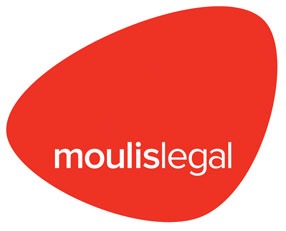
After a trade mark application is filed it is examined by a Trade Mark Examiner. All trade mark applicants hope to get a “clear” Examination Report. This enables the application to be advertised as accepted. However, many applicants receive an Examiner’s “adverse report”, leaving some to think the application is “dead in the water” (not automatically true) and others wondering what to do next.
The first thing to remember is that it may be possible to make submissions to IP Australia to overcome the Examiner’s adverse report. Before submissions, applicants often choose to have a review carried out by trade mark attorneys or lawyers specialising in trade mark law. If there are reasonable prospects, the applicant may instruct the professionals to draft and file submissions. The content of submissions varies depending on the objections raised by an Examiner in the adverse report.
So, what objections might an Examiner raise? Objections often stem from section 41 and/or 44 of the Trade Marks Act 1995 (Cth) (TMA):
Typical objection – lack of distinctiveness (s41, TMA):
Here, the Examiner assesses that the mark is incapable of distinguishing the applicant’s goods/services from those of other traders (for example, attempting to register the word BIKE for bicycles). For a s41 objection, suitable submissions generally include:
- legal submissions relating to the extent to which the trade mark is inherently adapted to distinguish the designated goods/services;
- evidence in the form of statutory declarations attesting to the use (and depending on facts, the intended use) of the trade mark by the applicant; and
- legal submissions relating to any other relevant circumstances
Typical objection – conflict with certain pre-existing marks (s44, TMA):
Here, the Examiner assesses that the mark is substantially identical or deceptively similar to an earlier registered mark (or application) and registered (or applied for) in respect of similar or closely related goods/ services. For a s44 objection, suitable submissions generally include:
- legal submissions that the marks in question are not substantially identical or deceptively similar and/or there are no conflicting goods / services; and/or
- legal submissions and associated evidence to show prior user or honest concurrent use; and/or
- enclosing a letter of consent from the proprietor(s) of the conflicting mark(s).
Moulis Legal’s specialist intellectual property lawyers can assist in overcoming Examiner adverse reports, or with other legal requirements relating to intellectual property, business, property or international trade. For more information, please contact our intellectual property Partner, Shaun Creighton, on 02 6163 1000
or email [email protected].
Contact Shaun Creighton on 02 6163 1000
or [email protected]
to discuss how we can assist with your trade mark and legal requirements.


